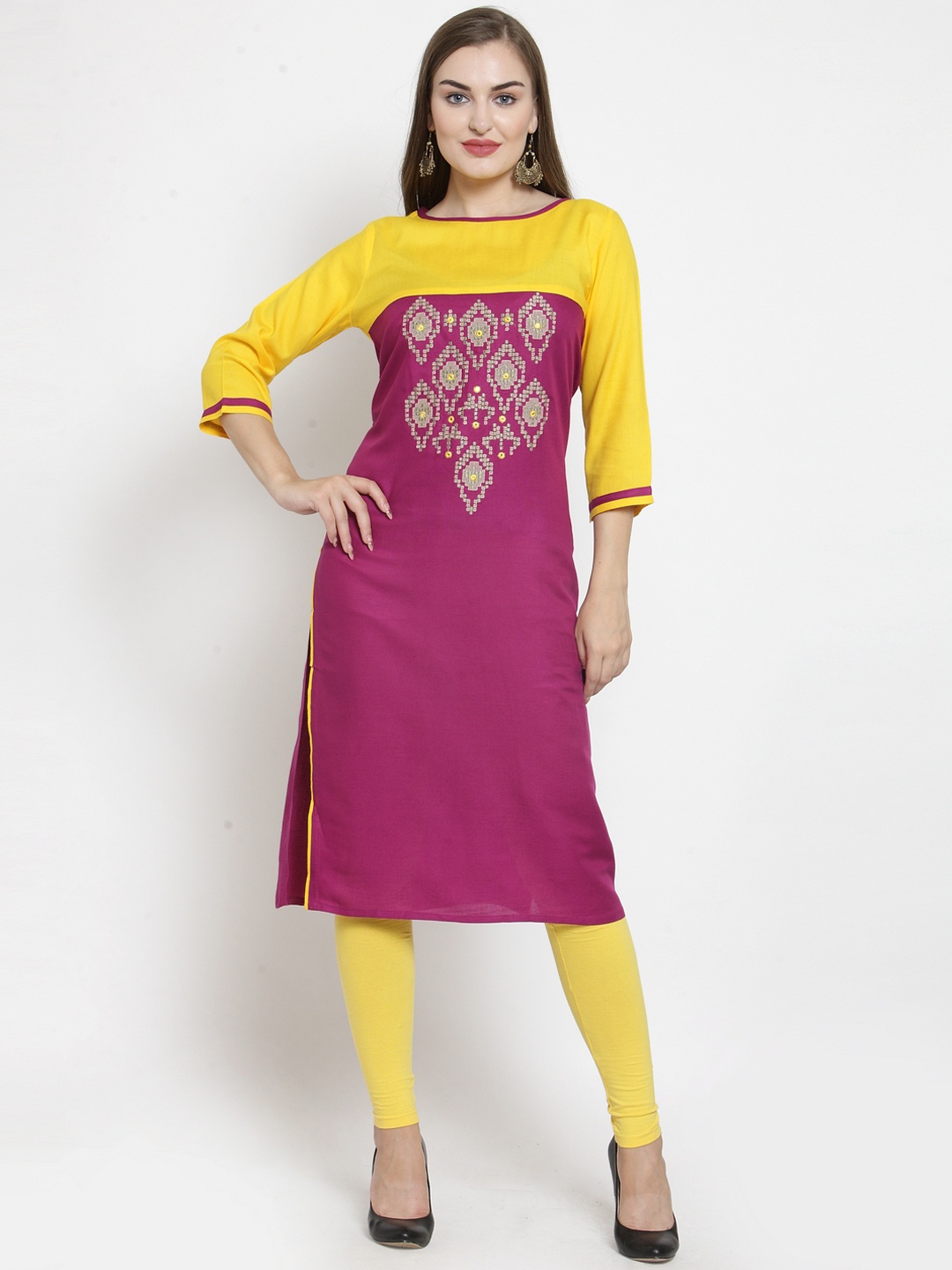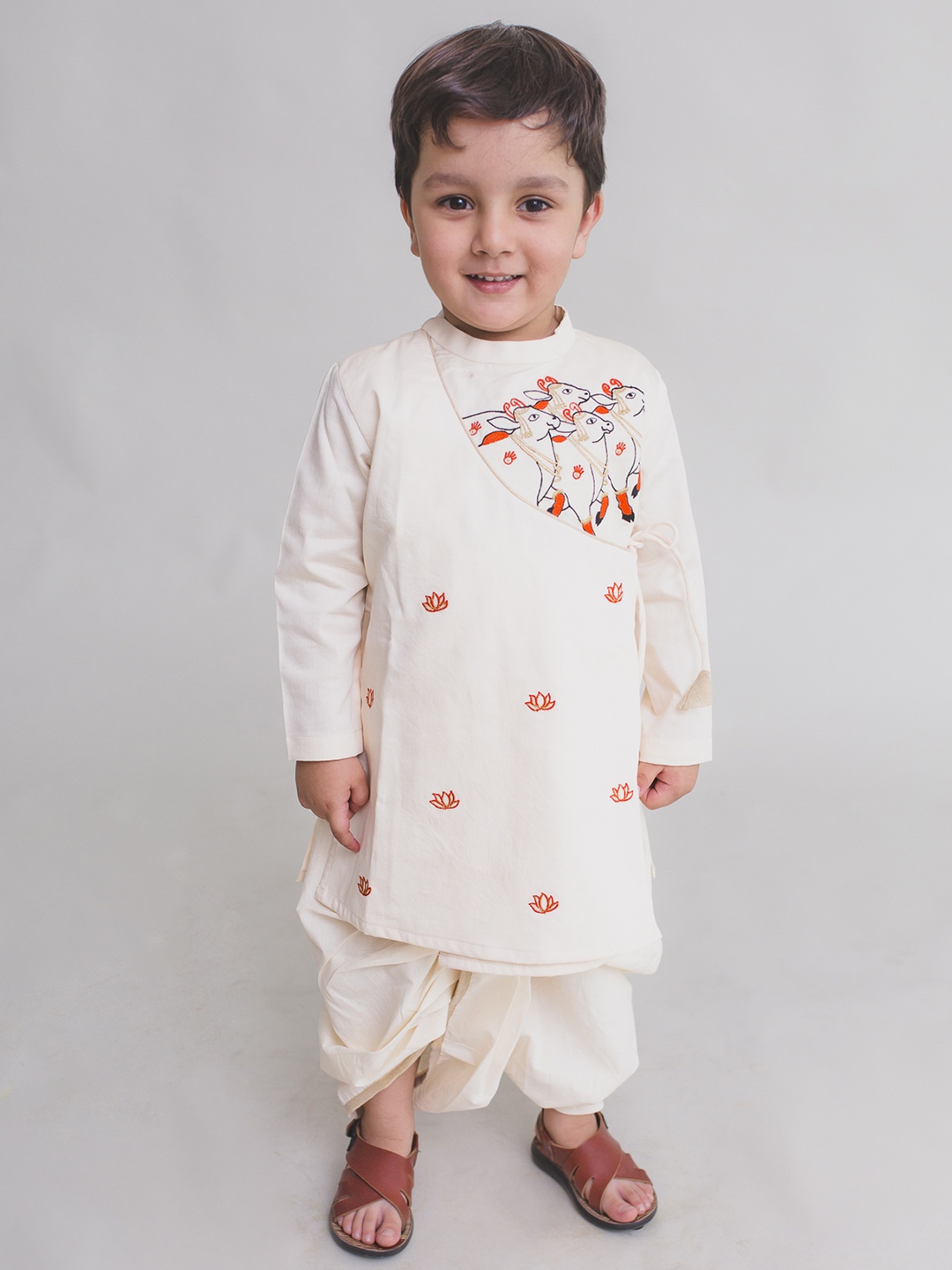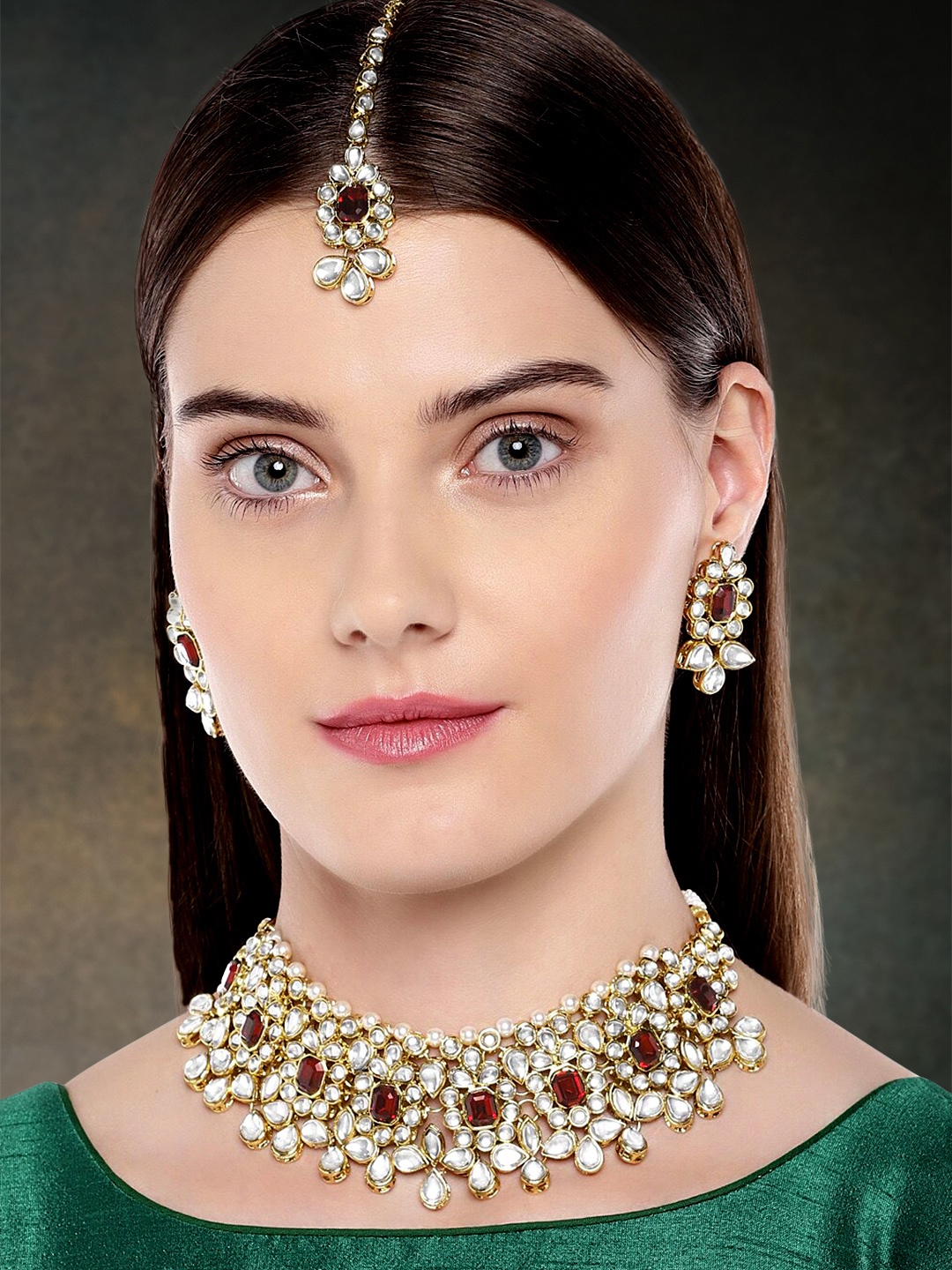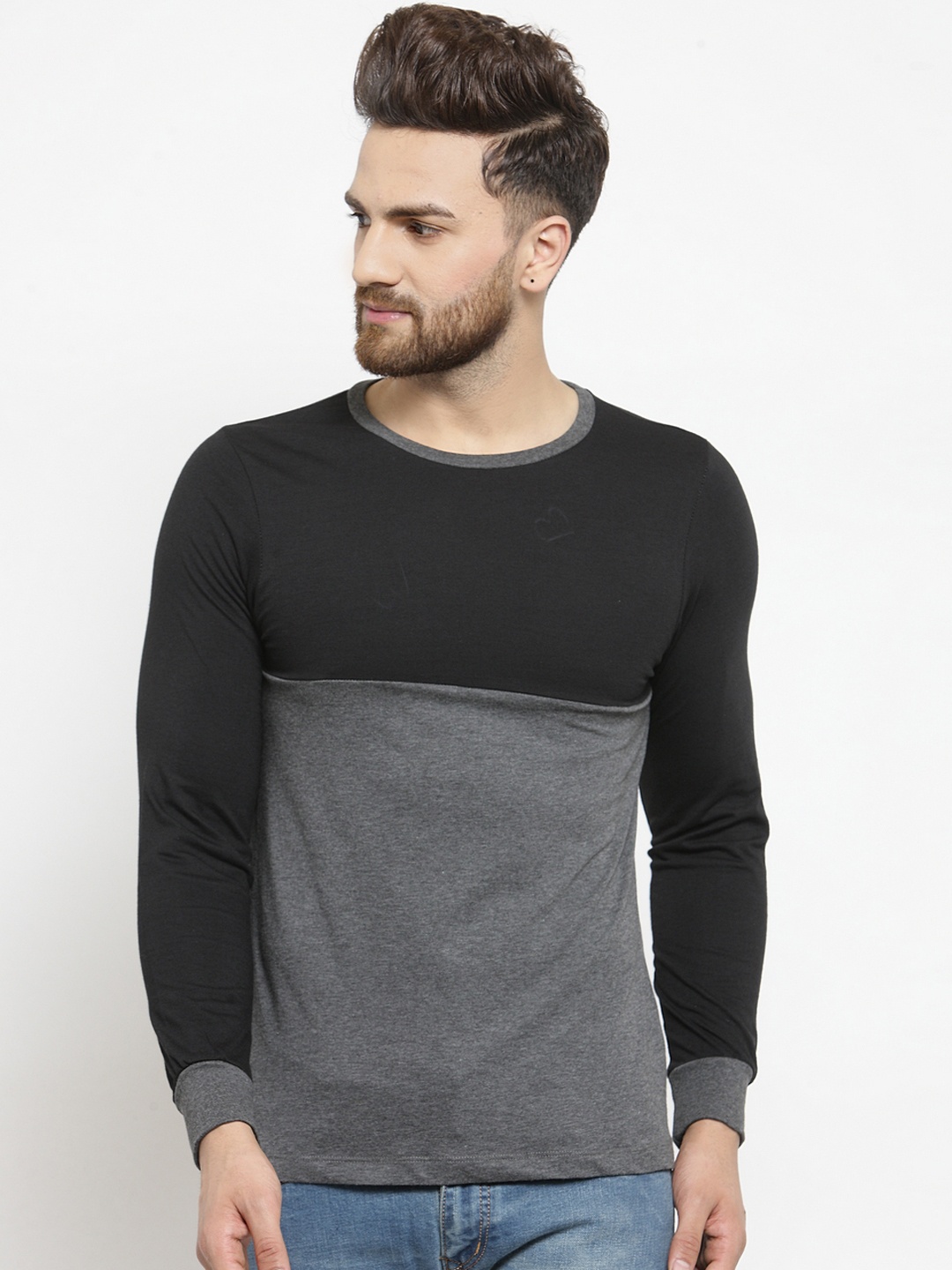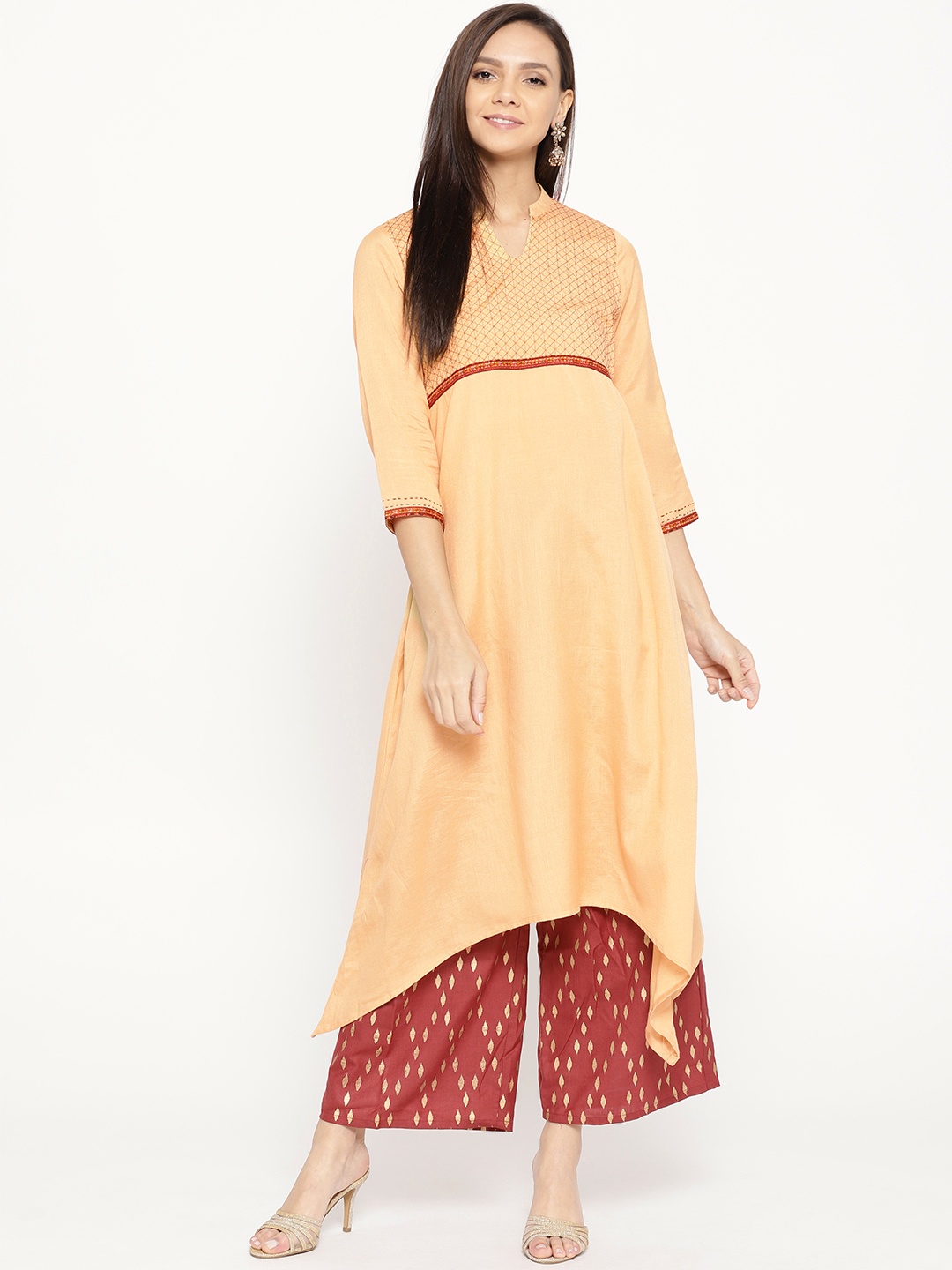Symbolism of Kurta Colours: What Different Shades Mean in Festivals and Rituals
From the deep saffron that evokes spirituality to the cheerful yellow of prosperity, kurta colours are more than fashion statements. They hold stories, meanings and emotions that have been passed down through the centuries.

Bright Kurta Colours And Their Meanings In Celebrations And Ceremonies.
Festivals across the subcontinent are often a riot of colours, sounds, and aromas. Streets come alive with processions, homes glow with lamps, and kitchens brim with delicacies. But step closer into these celebrations, and one notices another striking element, the attire. Amongst saris, sherwanis, and dhotis, the humble kurta stands out as a timeless garment, its versatility cutting across age groups and occasions. What truly captures attention is the palette, bright hues that breathe life into gatherings, each carrying its own weight of meaning.
Clothing during rituals is never a random choice. From turmeric stains marking auspicious beginnings to the deep crimson seen at weddings, colours have long been interwoven with cultural identity and symbolic resonance. The kurta, with its flowing fabric and adaptable design, becomes the perfect canvas to express this language of shades.
So, what lies behind these vibrant tones? Why does one colour dominate at a festival and another during sacred ceremonies? We explain the symbolism behind kurta colours, saffron, orange to white, and how different shades carry unique meanings and significance during various cultural festivals.

Wander through this colourful journey and discover the layers of symbolism stitched into the kurta colours.; Photo Credit: Pexels
Unravelling The Meaning Of Colours In Kurtas
1. The Sacred Aura of Saffron
Saffron has long been more than just a shade; it is a statement of purity, renunciation, and courage. Worn by sages and monks, the colour symbolises detachment from worldly pleasures while embracing spiritual enlightenment. When worn in a festive setting, a saffron kurta doesn't merely signify fashion; it radiates an air of reverence.
During temple rituals or religious processions, saffron kurtas add solemnity to the occasion. The colour's association with fire, the ultimate cleanser, makes it an emblem of transformation. In a practical sense, its bright presence ensures the wearer stands out, embodying warmth and authority.
Think of the saffron-clad groups during Ram Navami or Ganesh Chaturthi, instantly, there's an aura of devotion and discipline. Even young men sporting saffron kurtas during festive gatherings often feel part of a bigger spiritual narrative, as though borrowing strength from generations before them. It is a shade that unites faith, resilience, and respect.
2. Yellow – The Colour of Auspicious Beginnings
Yellow is like the first ray of sunlight sneaking into a room, warm, inviting, and full of hope. Worn during haldi ceremonies, Saraswati Puja, or spring festivals, yellow kurtas symbolise prosperity and joy. The connection with turmeric deepens its sacred significance, as turmeric paste is often applied to mark purity and ward off negativity.
A yellow kurta instantly brightens the atmosphere. Families often encourage wearing this shade at the start of new ventures or during prayer gatherings, believing it attracts good fortune. Children in bright yellow kurtas on Basant Panchami look like tiny sunbeams running around temple courtyards, adding cheer to the spiritual ambience.
Beyond rituals, yellow carries a sense of ease, it is a colour that makes one approachable. At a casual festive lunch, someone in a mustard or lemon-yellow kurta will often be surrounded by smiles and light-hearted chatter. Yellow embodies beginnings, whether it's a new life, a season, or simply a fresh chapter in one's journey.
3. The Romance of Red
If there's a single colour that dominates weddings and festivals of love, it is red. Symbolising power, fertility, and passion, red kurtas often carry a magnetic charm. Whether it's a groom's friend twirling in a scarlet kurta at the sangeet or a relative donning maroon during a puja, the presence of red is undeniable.
The connection between red and matrimony goes deep, sindoor, bridal attire, bangles, and even floral decorations often borrow from its vibrancy. For men, wearing a red kurta during weddings isn't just about style; it's about participating in an age-old celebration of union and vitality.
Red also has a protective undertone. In folklore, it was believed to keep away evil spirits, a reason why doorways were decorated with red kumkum or chillies. In a similar vein, wearing a red kurta during rituals signifies strength and protection, adding to the festive intensity. It's bold, unmissable, and brimming with energy.
4. Green – A Symbol of Growth and Renewal
Green kurtas often make their appearance during harvest festivals, garden weddings, or rituals connected to fertility and growth. The colour resonates with nature, fields, and fresh beginnings, symbolising balance and harmony.
Picture a group celebrating Pongal or Bihu, amidst the bustle, green attire instantly links the community to the rhythm of the earth. A green kurta whispers of renewal, like leaves after the first monsoon rain. For those seeking blessings of abundance or embarking on family rituals, it becomes an apt choice.
Wearing green also feels grounding. Amidst the riot of other bright shades, a green kurta adds calmness to the palette. Relatives often advise grooms to include this colour in pre-wedding rituals, signalling prosperity in married life. And during festivals that thank the harvest, it becomes a tribute to the farmers' toil and the promise of plenty. Green carries hope, fertility, and balance on its shoulders.
5. Blue – The Shade of Divinity and Depth
Blue, though less common in traditional rituals, has a powerful presence. Associated with deities like Krishna and Shiva, blue kurtas bring forth feelings of devotion, wisdom, and infinity. Deep indigo or royal blue shades evoke dignity and a sense of calm, while lighter blues hint at openness and peace.
During Janmashtami celebrations, it's not unusual to see devotees dressed in blue kurtas, reflecting the playful yet profound essence of Krishna. Similarly, a navy-blue kurta worn at an evening puja adds gravitas, reminding people of the vastness of the sky and ocean.
Blue also appeals to the younger crowd. Its versatility makes it a popular choice for blending tradition with modern style, think of embroidered kurtas in turquoise paired with jeans at casual festive gatherings. The colour may not dominate every ritual, but when it appears, it carries both spiritual symbolism and contemporary charm.
Also Read: Festive Kurti Jewellery And Accessories: 10 Best Ways To Add Sparkle This Season
6. White – The Canvas of Purity
White is the simplest yet the most powerful of shades. A white kurta symbolises purity, simplicity, and peace. It is often worn during solemn rituals, prayer meetings, or when families seek serenity.
The appeal of white lies in its ability to reflect honesty and humility. During Raksha Bandhan or while hosting small prayer gatherings at home, a crisp white kurta often feels like the perfect choice. It signals respect, leaving aside extravagance for clarity of intent.
While white is linked with mourning in many traditions, it also signifies new beginnings. For instance, during Holi, starting in white attire allows colours to make their mark vividly, symbolising joy emerging from simplicity. In many ways, a white kurta acts like a blank slate, ready to be painted with experiences, blessings, and festivities.
7. Orange – The Spark of Enthusiasm
Distinct from saffron yet often confused with it, orange has its own playful charm. It symbolises enthusiasm, determination, and vibrancy. During Navratri dances, one can spot groups twirling in bright orange kurtas, embodying zeal and togetherness.
The colour sits at the crossroads of red's intensity and yellow's optimism, making it a favourite during cultural gatherings. Children wearing orange kurtas at school functions seem almost aflame with excitement. Even in religious rituals, orange is seen as a colour of devotion combined with human energy, less austere than saffron but more spirited.
Orange kurtas create an atmosphere of warmth, much like the crackle of a bonfire. They invite conversation, laughter, and camaraderie. Worn during community feasts or family ceremonies, the shade acts as a bridge between spirituality and social joy. It's a reminder that festivals are not only about discipline but also about celebration.
8. Pink – The Gentle Embrace of Affection
Pink may not have ancient roots in ritual symbolism, yet it has gradually carved its place in festive wardrobes. Associated with love, tenderness, and compassion, pink kurtas are popular during weddings, family gatherings, and celebratory milestones.
Light pink shades often convey softness, while brighter fuchsia brings energy to the scene. Imagine a groom's cousin in a blush-pink kurta, stylish yet respectful of tradition. The colour adds a playful elegance without overshadowing the occasion.
During Holi or wedding festivities, pink becomes symbolic of togetherness and affection. It is also increasingly popular in contemporary rituals, representing a balance of tradition and modern sentiment. With its rising acceptance, pink kurtas remind us that symbolism evolves, new colours join the festive palette, each adding a fresh perspective.
9. Purple – A Regal Statement
Purple, with its blend of red's vigour and blue's calm, has historically been linked to royalty and luxury. Though less common in everyday rituals, purple kurtas carry an undeniable grandeur during major celebrations.
Wearing purple at a grand wedding or cultural event symbolises dignity and ambition. The colour also hints at mysticism, often associated with meditation and spiritual insight. In temples or cultural performances, a purple kurta can create an aura of importance, standing apart from the more commonly seen shades.
Families often save purple for occasions where they wish to display prosperity and pride. It may not appear as frequently as yellow or white, but when it does, it commands attention. The richness of purple fabric, embroidered with gold or silver, transforms the kurta into a regal statement, perfect for marking milestones.
10. Multi-Coloured – The Celebration of Diversity
Finally, there's the joy of wearing kurtas in multiple shades, whether through tie-dye, block prints, or patchwork. Multi-coloured kurtas are less about the symbolism of one hue and more about celebrating diversity and unity. They reflect the essence of festivals where differences dissolve into shared laughter, dance, and food.
Take Holi, for instance, people often start in white, but end up with kurtas splashed in every possible shade. Similarly, during Garba nights, multicoloured attire mirrors the vibrant steps of the dance itself. These kurtas embody the playful chaos of life, reminding everyone that joy thrives in variety.
Wearing a multi-coloured kurta signals openness to all experiences. It's a walking canvas of celebration, a reminder that traditions are not rigid but dynamic, allowing creativity to find its place. In essence, such kurtas symbolise the ultimate message of rituals: unity in diversity, colour in togetherness.

Symbolism Behind Bright Kurta Colours in Festivals and Rituals; Photo Credit: Pexels
Products Related To This Article
1. Anouk Women Ethnic Motifs Embroidered Regular A-Line Kurta
2. Sangria Puff Sleeves A-line Pure Cotton Kurta
3. Janasya Women Lavender Dobby Chiffon Self Design Flared Kurta
4. Sangria Gotta Patti Pleated Kurta
5. Sangria V-Neck Pure Cotton Straight Kurta
6. AURELIA Women Thread Work Kurta
7. Jaipur Kurti Mandarin Collar Straight Kurta
8. KALINI Women Red Pure Cotton Kurta
The colours woven into kurtas during festivals and rituals are not just about matching the season's mood board. They are storytellers in their own right, threads of saffron speaking of faith, yellow singing of joy, red declaring love, and white whispering of peace. Each shade carries a legacy, rooted in tradition yet evolving with time.
As celebrations unfold across homes and communities, the kurta remains a faithful companion, simple in design, yet profound in symbolism. Every bright colour chosen reflects a collective understanding that festivals are more than events; they are expressions of identity, spirituality and togetherness.
So the next time a kurta is pulled out for a celebration, it might be worth pausing to ask, what story does this colour want to tell today? Shop now on Myntra.
Disclaimer: The images used in this article are for illustration purpose only. They may not be an exact representation of the products, categories and brands listed in this article.











